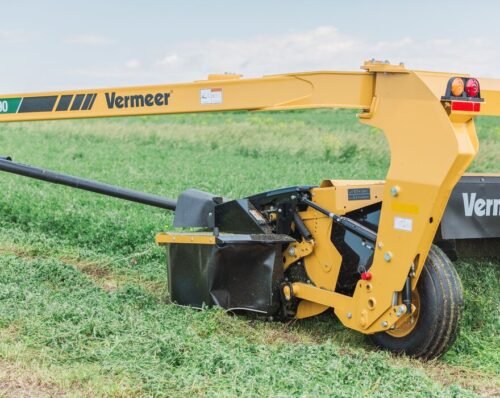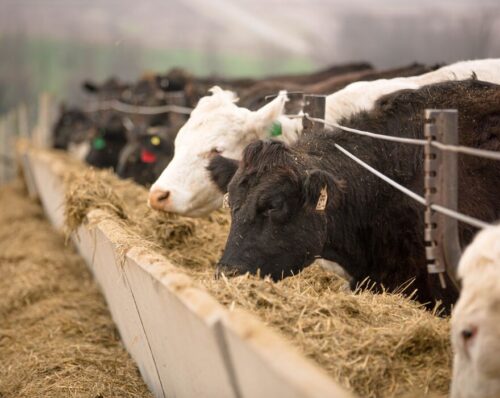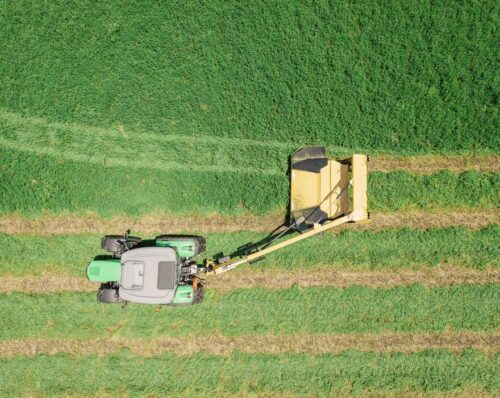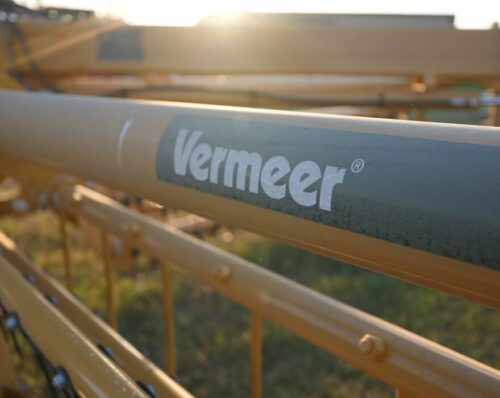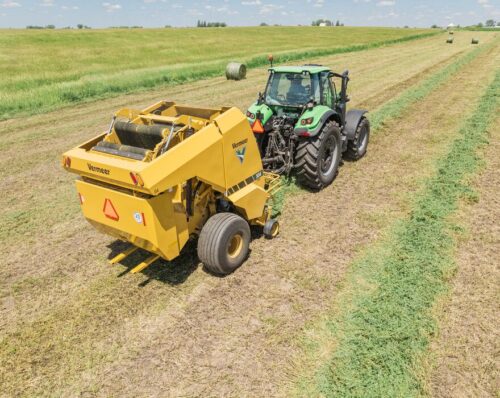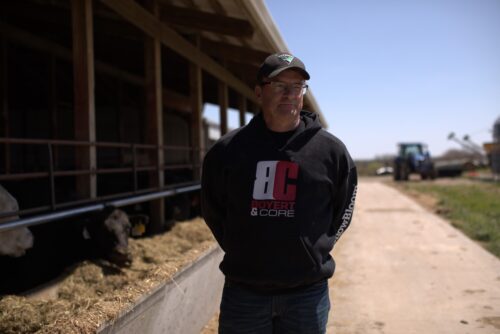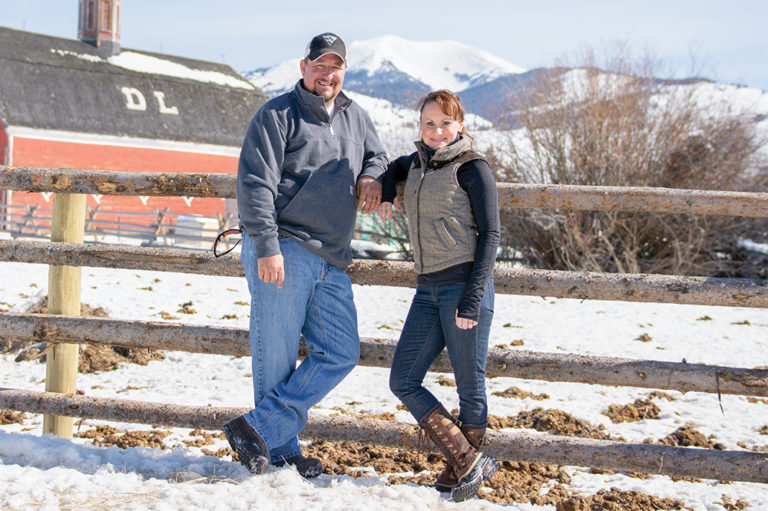
A family tradition
May 2019
Keeping custom hay businesses in the family with hard work, attention to customer needs
There are a lot of miles between southwestern Montana and eastern Iowa. Hay producers across the country manage their operations in dramatically different ways, often driven by the landscape and Mother Nature. Yet despite the differences in crops, land, water and growing conditions between the two areas, producers in both regions have a shared goal: To produce high-quality hay to feed animals. The Holdgrafer brothers in Iowa and Toby Roscoe in Montana share that essential goal. Roscoe has been a custom hay producer for decades on his family’s ranch near Dillon, Montana, while Todd and Brad Holdgrafer are making plans for their own custom hay operation for when they graduate from college. They’ve had similar experiences and have a firm grasp on what it takes — or will take, in the case of the Holdgrafer brothers — to achieve success as custom hay producers.
Building on an early foundation
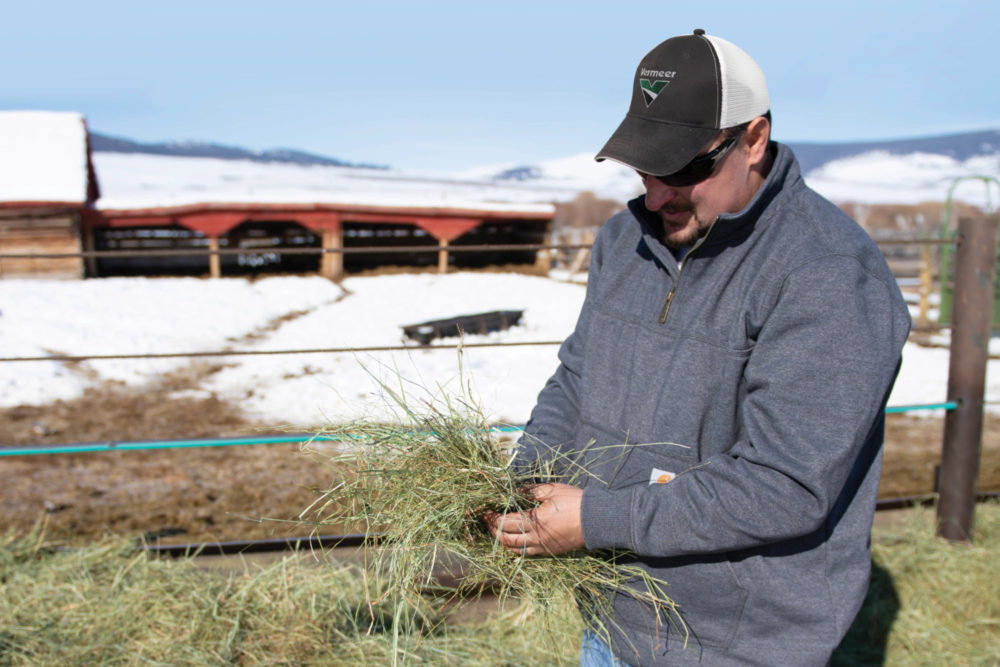
Roscoe is an affable man with a big, infectious, booming laugh who made meeting the hay and forage needs of southwestern Montana cattle producers his career when he returned to his family’s ranch after graduating from college. Raising hay was a part of his life going back to early childhood, so when the time came and the opportunity presented itself, entering the custom hay production business was a natural next step for the Montana rancher and hay producer.
“We’d produced loose hay stacks for years and years. By the time I came back from college, we decided to move to large round bales,” Roscoe said. “After doing that for a few years, some cousins of mine had some custom hay work they needed done and wanted to know if we were interested in doing it for them.”
That became the starting point for Roscoe, who’s now a partner in Tash and Roscoe Hay Company. What started with one baler has evolved to three harvesters, two hay rakes and four balers in an operation that serves customers within a 60-mile (96.5 km) radius of his family farm around 100 miles (160.9 km) south of Butte, Montana. It’s an area Roscoe describes as mainly arid from late spring to early fall, but the remainder of the year, Mother Nature is in charge, and it shapes how he and his family live and work. Roscoe doesn’t follow the industry trend of business growth; yes, he works to develop a strong customer base, but an unending growth curve isn’t part of his long-term plan. Rather, he sees the high level of customer service he provides as a higher priority than growing the number of acres he covers each year.
“We really like where we are right now, sizewise,” said Roscoe, who was one of the first hay producers in the U.S. to test a Vermeer ZR5-1200 self-propelled baler. “We don’t have too many people to manage. We’re not overextended, and we can darn sure roll through some acres when we need to.”
Roscoe operates with a simple philosophy: When it’s time to go, you go. He puts a
high priority on doing what he can to make sure he’s ready to cut and bale hay at a moment’s notice, knowing how important it is to his customers that he hits the optimal time frame to help provide the highest hay quality. That includes taking good care of his machinery lineup, replacing critical tools like his baler frequently to verify it’s in tiptop operating condition.
“You just have to go when you can go. If you miss out on one year with any of your prime customers, they’re going to have some other guy get that business and you’re probably not going to get it back,” said Roscoe. His emphasis on being ready at all times is important to maintaining long-term working relationships, especially for his larger ranch customers — those for whom he produces around 6,000 bales per year.
Planning for the future
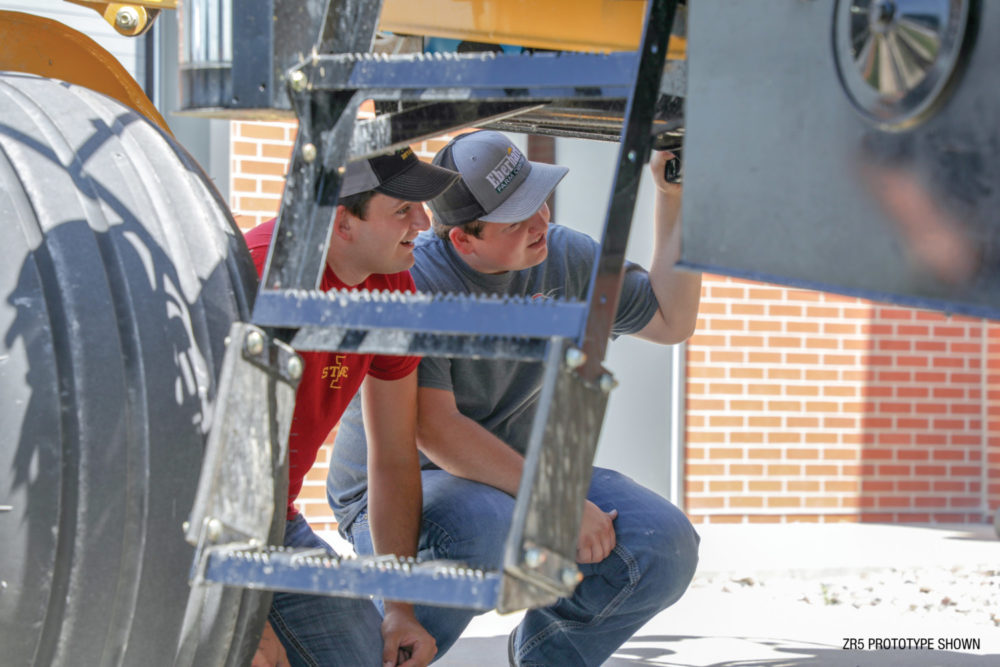
When they’re not in class on the Iowa State University campus in Ames, Iowa, Todd and Brad Holdgrafer are catching a baseball game or checking out the latest new hay and forage equipment. The Holdgrafer brothers, who are majoring in agricultural studies, are advocates for a strong agriculture sector for young and beginning producers like themselves. Todd, who was named an FFA New Century Farmer during the 2018 program, said they plan to have already begun laying the groundwork to follow in their father’s footsteps and become custom hay producers full time upon graduation. They’re excited to get their education, but they’re even more excited to follow in the family business. Both brothers agree they work well as a team and foresee that cooperation as a strength as they work on building a custom hay operation around their family’s farm near Bryant in eastern Iowa. Though it’s in the middle of what’s considered prime corn and soybean country in the Corn Belt, the area around Holdgrafers’ farm has a high concentration of grazing cattle and pasture land, making it a high-demand area for hay production. While they’re right now focused on their education — and enjoying the experience of being students at a large land-grant university where agriculture is an important part of their curriculum — the brothers have a plan and the passion to become custom producers just like their father did before them.
“Growing up on the farm, we started custom baling with dad and dad was custom baling at a young age when he and his brother realized that a lot of farmers didn’t have a baler,” Todd said. “They bought a baler, started handling other people’s alfalfa and grass, and by the time we knew it, we fell in love with it, too.”
Even though he and his brother were preceded in their desired career path by their father, Brad knows he and his brother won’t automatically have an easy road in building their business. That’s why they prioritize quality hay and service for their customers. They know that developing a customer base will be one of their greatest challenges in building their own custom hay business, and the right machinery plays a big role in that effort.
“We try to make the best bales we can, and Vermeer equipment helps us with that. Our two 605N balers were similar to the balers we had before, but the ability to bale cornstalks was what sold us on them. We do a lot of cornstalk bales for customers, and I feel like these balers give us a competitive advantage,” Todd said. “We have two balers so we can run for two different customers at the same time if we need to,” added Brad. “We put our customers first and want to keep them happy.”
Lasting relationships
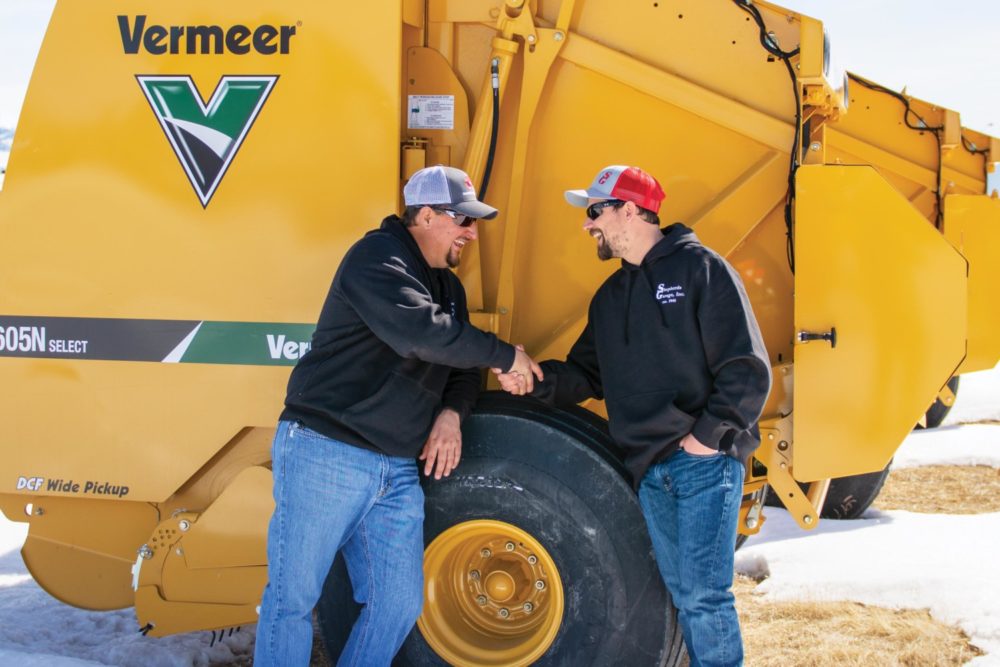
Though he’s been in the business for a couple decades now, Roscoe remembers the early days of establishing his own customer base. Though his business has changed and grown over the years, he said he’s still motivated by serving his customers. Being a rancher himself, he can easily identify with his customers’ needs, and that helps him forge a connection that has led to some decades-long business relationships.
“It seems like anymore — especially for these big ranches — it’s easier for them to hire us and get the job done quickly and
efficiently. We’ve had most of our clients for 10 years or so. Once they know you can do a good job and bale the way they like it, you’re kind of set,” Roscoe said. “We don’t advertise. We keep our customers by just working our butts off, being in the field first thing in the morning and being the last one to leave at night. I know ranchers. I work and live on a cattle ranch here. I just tell people if they’re interested in trying it, give us a shot and see how we do. If you’re happy with us, we will keep working hard for you.”
Roscoe credits the previous generation of ranchers and hay producers early in his career with helping him develop the relationships that have paid off in different ways over the years. The Holdgrafer brothers share Roscoe’s respect for their elders, knowing that without the support of their family, building a custom hay operation would be a much tougher row to hoe.
"We know that technology can help us be more efficient. - Brad Holdgrafer "
“The plan right now is to go back after college and work with dad, then start our own operation,” Brad said. “We’ve talked to our parents about it a lot, and they’ve been very supportive of us going back to the farm. They want us to find our own acres, but will be supportive with equipment.”
Brad and Todd will ultimately look for new ways they can provide new levels of efficiency to custom hay production, something they know will be a high priority as they build their own business.
Interested in learning more about family operations?
Read more about A Story of Family and Farming: Building a Bred Heifer Business or Johnson Family Comes Full Circle on Vermeer Balers

